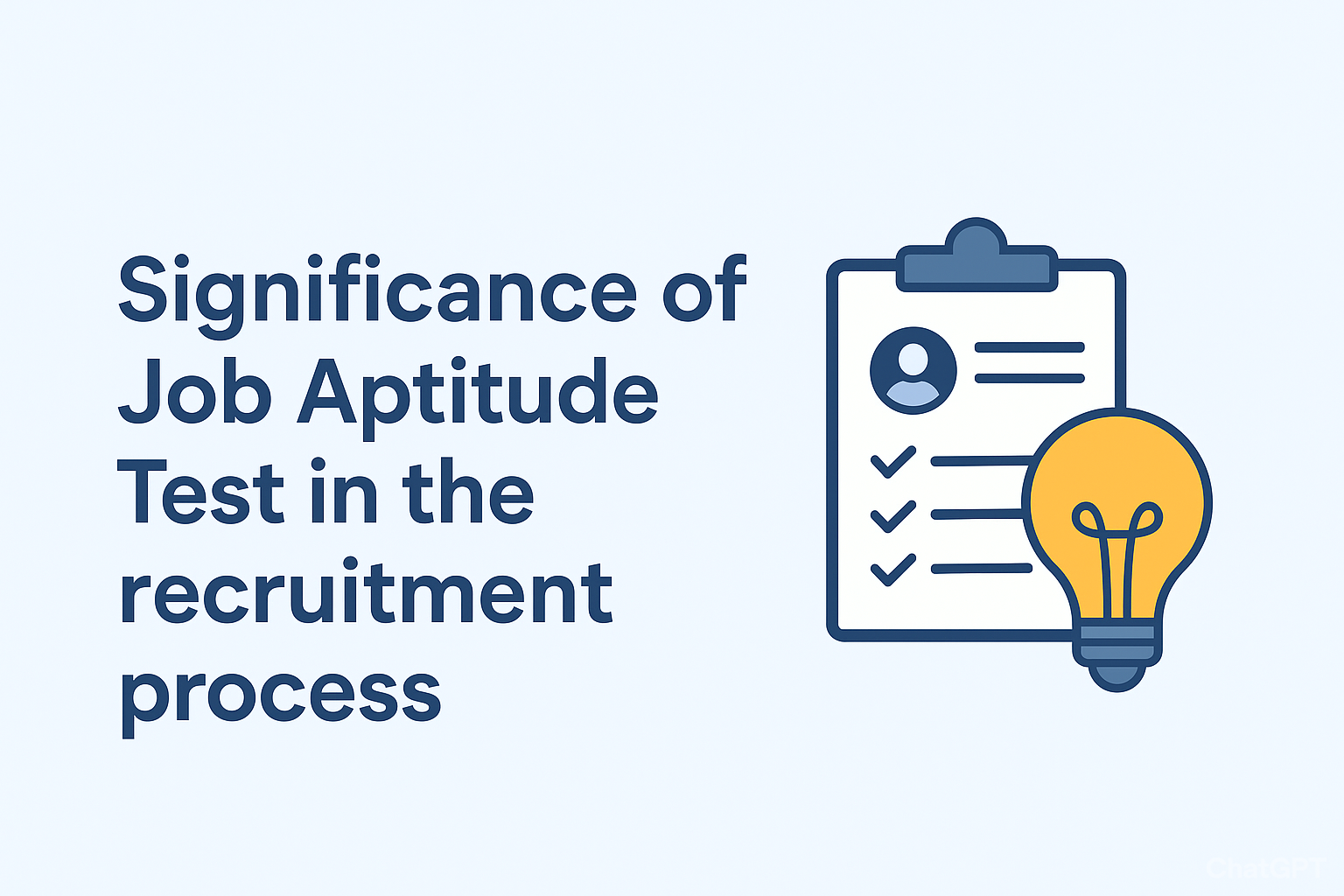Last Updated on November 24, 2022 by
Every small business depends on its employees’ productivity to make any kind of headway. That’s why employee management remains one of the most critical skills for any business owner.
Whether you run an in-office or remote work environment, there are different ways to boost your employees’ productivity.
This article covers the tips to help you increase your workers’ productivity.
Table of Contents
1) Set Up Goals
Goal setting is a fundamental part of any business, big or small. It could even be referred to as one of the foundations of productivity in business. According to psychologists Gary Latham and Edwin Locke, setting goals increases productivity by up to 11- 25%.
For goal setting to reach its full potential, it must;
- Be clear and well-defined: Avoid setting ambiguous goals that could create room for misunderstandings and delays.
- Be relevant to the business: Set goals within the field of the business.
- Be achievable: Small businesses don’t necessarily have to have small goals. How would it grow? It is, however, important to set up realistic goals for the employees. Unrealistic goals could cause burnout.
Note that goals could be either long-term or short-term. They could be daily, weekly, monthly, or even yearly, depending on the business. These goals can help employees to focus on the tasks and strive to meet up with them.
2) Create Room for Improvement
You should learn to invest in your employees’ skill development if you desire more productivity.
Based on the survey carried out by the Lorman Team in 2021, nearly 59% of employees claim to be self-taught. 74% are of the opinion that they have maximized their potential due to limited or no avenue for skill development. 41% of employees see career development opportunities as a significant factor for job satisfaction. And as you know, an adequately satisfied employee is a productive one.
Skill development opportunities could go in two ways, hiring additional staff or developing existing ones.
Hiring additional staff simply means getting more professionals or people with enough skills to handle projects or tasks. This would create an avenue for learning and skill development amongst employees, and encourage productivity.
Another way is developing existing employees without hiring professionals. A company could book seminars, conferences, expos, and even meet-and-greet sessions with people in the same field. This would enable them to sharpen their knowledge and skills. Most establishments prefer this method as it is often all-inclusive and more fun.
It is important that your employees don’t feel confined or limited to a level or position. Increasing their skills would certainly increase productivity.
3) Frequent Technological Updates
Oftentimes, employees blame their lack of productivity or results on the absence of needed technology or updated tools and materials. According to the Society for Human Resource Management (SHRM), employee productivity can increase up to 85% when workers are equipped with the right technology and tools. It shows the importance of innovation and tech in business productivity.
The productivity of a business isn’t hinged on the human resources alone, the technological advancement also helps increase output.
It is important to upgrade devices, apps and work tools constantly. Three out of four American employees believe that employers don’t give enough access to the latest resources to do their jobs effectively.
Microsoft reports that 46% of employees have identified social tools as important factors that have contributed to their improved productivity at work.
So, you should take it upon yourself to ensure that work tools are updated and upgraded at all times.
4) Evaluation and Reward
Performing regular evaluations could seem like extra work but it’s highly effective.
If employees know they are being evaluated, they will have no room to slack off or lag behind on projects.
These evaluations are based on different parameters, such as, attendance, productivity, compliance and so on.
The performance reviews will also prompt positive competitiveness and reduce laziness.
These assessments should be based on clearly defined systems, KPIs(Key Point Index) and objectives to enable you to identify areas of improvement.
Employers can come up with ways to address those who fall short. It also creates a platform for accountability. For an employee evaluation to get the right results, it has to be inclusive, fair and objective.
5) Reward Employees
Of course, regular evaluations should come with a reward or else it starts to look like micromanagement. And, trust me, nobody wants that.
Rewards can motivate employees to work more efficiently to enjoy the benefits attached to getting the job done properly and in time.
Recognizing your employees’ efforts will also boost their loyalty and decrease their likelihood to leave. A SurveyMonkey and Bobusly study found that workers who enjoy recognition at their workplaces are less likely to look for work elsewhere.
According to Gartner, companies can enjoy an 11.1% average increase in productivity if they have functioning recognition programs.
Below are some rewards that serve as excellent productivity motivators:
- Monetary bonus
- Salary increase
- More paid leave days
- Gift vouchers
You could also appreciate workers in real time after they achieve a goal. This way they’ll remember what they did and continue to repeat the same feat and do better.
As an employer, you could decide what means of motivation would work for you, your employees and your company. Since companies vary, what works for A may not work for B. When employees know they’re being evaluated by their hard work and rewarded accordingly, they feel the need to double up their efforts.
6) Socialization
Research has shown that employees’ overall disposition can negatively or positively affect their job performance and teamwork.
It is important for employees to socialize with one another. This creates bonds of friendship or at least, a certain level of trust and understanding amongst co-workers.
Socialization makes them run like a well oiled machine, thereby increasing productivity immensely.
Workplace friendship generally redefines teamwork and work habits, which are important tools for small businesses. It increases motivation needed for productivity.
In Psychology Today, as emphasized by Nitin Nohria et al, there is a need to create a “company culture based on friendship, mutual reliance, collaboration and sharing”. This creates a less rigid environment that welcomes creativity.
Employees get the idea that they are allowed to play hard but work harder. These acts of socialization could be birthday celebrations, office parties, team building exercises, brief chat sessions, brunches/dinner etc.
7) Avoid Micromanagement
Micromanagement throws a wrench in all your productivity efforts. It prevents employees from working freely and reduces their sense of belonging.
Your small business will suffer far worse than reduced productivity when you micromanage. It reduces employee engagement and increases turnover.
As it turns out, reduced employee engagement, increased turnover, lower productivity levels, and toxicity in the workplace are bad for any business.
To turn things around, you must allow your workers to determine their work process. You should focus on their work result and kill the urge to always hang over their shoulders.
When workers have enough autonomy, they feel trusted and free to be creative. This way, they’ll perform without any burden to do things “your way.”
You can use employee monitoring tools and project management solutions to reduce micromanagement practices. With the project manager, you can get employees to drop work progress reports to keep you up to date.
8) Discourage Multitasking
Multitasking is another reason for reduced productivity and performance anywhere. According to a study on the impact of multitasking in the classroom, doing multiple things at once significantly reduces student performance.
So, encourage your team members to always focus on one task at a time. Let them use specialized tools to organize things like emails, meetings, and delegation.
9) Prevent Overwork
Overwork leads to burnout and reduces your emoloyees’ capacity to maintain a high level of productivity. There’s no point getting workers to put in extra hours to beat a deadline, only for them to feel burned out later.
If you have a large volume of work to handle, consider hiring extra hands or outsourcing some tasks. You should also avoid taking on too many projects than your small business can handle.
You can use a time tracking solution to monitor your workers’ work hours. That way, you can identify those logging long hours and get them to take breaks.
10) Remove Time Wasting Activities
Time wasting activities like responding to non-critical emails and attending unproductive meetings can take up valuable time.
Instead of tackling tasks that are critical to your business and project, your workers will be handling unnecessary work. This work pattern results in misplaced priorities and reduced productivity.
So, make efforts in reducing the number of meetings you schedule. You can replace most meetings with individual progress reports from workers and secular information sent through your project management solution or email.
Conclusion
That’s how to boost your workers’ productivity. The steps in this post shouldn’t be one-time procedures. You have to keep identifying and removing time wasters, preventing overwork, discouraging multitasking, and avoiding micromanagement.
Apart from that if you want to know about Employee then please visit our business page



























